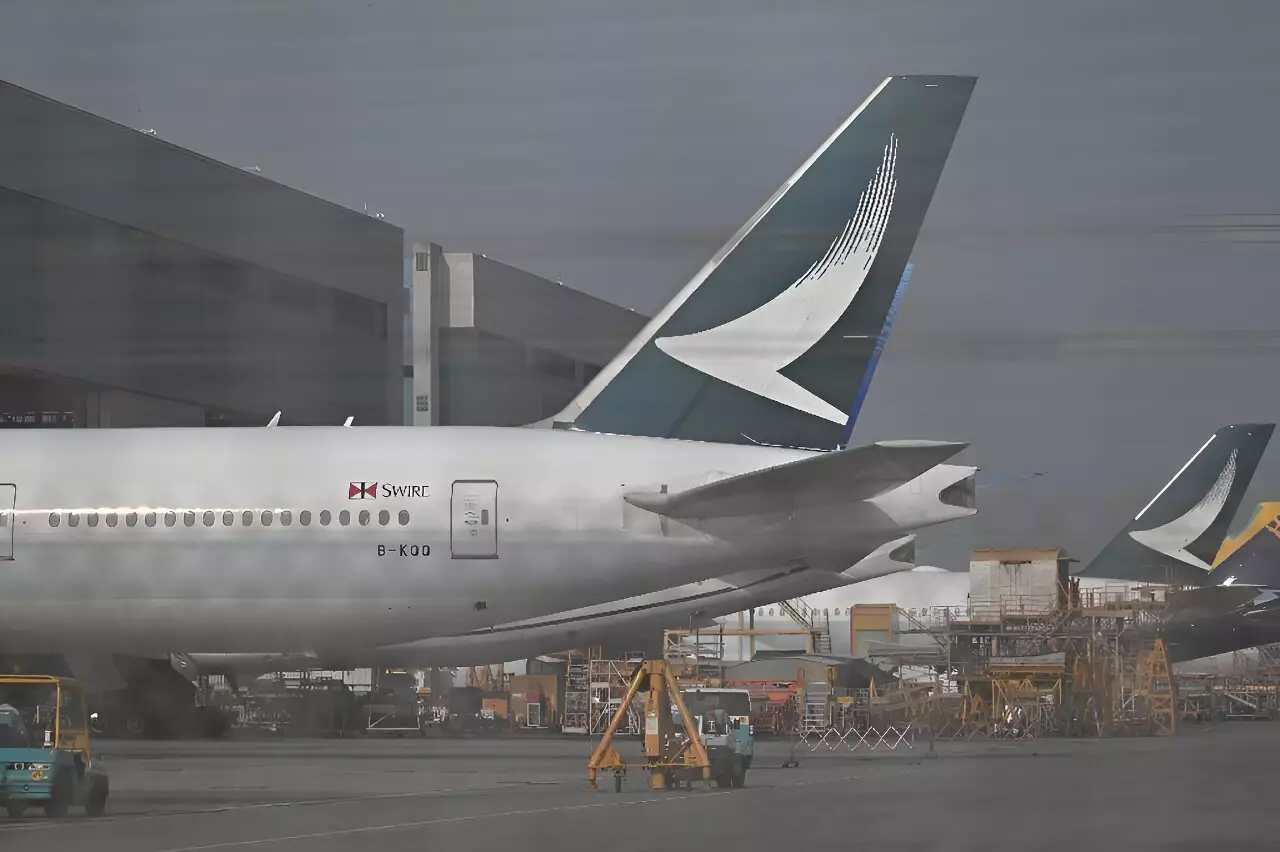An engine fire on a Cathay Pacific flight has sparked concerns within the aviation industry, leading to the European Union Aviation Safety Agency (EASA) mandating inspection of certain Airbus A350 jets. The incident involved an A350-1000 aircraft powered by Rolls-Royce engines, which experienced an engine failure due to a high pressure fuel hose failing shortly after take-off.
In response to the engine failure incident, EASA issued an emergency directive requiring inspections on A350-1000s with XWB-97 engines. The directive applies to European airlines operating the aircraft, while regulators in other countries have the discretion to enforce it. The inspections are aimed at checking for damage to fuel hose connections inside engines and are to be carried out within the next 3-30 days.
The engine failure incident on the Cathay Pacific flight prompted other airlines in the region to conduct similar checks on their A350-900 and A350-1000 models. Rolls-Royce confirmed the launch of a one-time precautionary engine inspection program and indicated that the issue primarily affects A350-1000s powered by XWB-97 engines.
The Airbus A350 is a wide-body jet designed to compete with Boeing’s 787 Dreamliner. With over 1,300 orders and 613 deliveries as of July, the A350 is a significant part of Airbus’s portfolio. The A350-1000 variant can carry nearly 500 passengers and has an impressive range of over 16,000 kilometers, which will be extended to nearly 18,000 km in the “Sunrise” version.
In response to concerns raised by the engine failure incident, airline operators like Cathay Pacific have taken proactive measures to address the issue. Emirates airlines CEO Tim Clark’s past concerns about the durability of the Trent XWB-97 engines have prompted Rolls-Royce to work on enhancing their performance. While Airbus and Rolls-Royce are collaborating with airlines to address the issue, concerns over the safety and reliability of the A350 fleet remain a focal point for the aviation industry.
The engine failure incident on the Cathay Pacific flight has highlighted potential vulnerabilities within the Airbus A350 fleet. With regulatory agencies like EASA mandating inspections and airlines carrying out precautionary checks, the industry is taking steps to ensure the safety and reliability of these wide-body jets. As Airbus continues to deliver A350 aircraft to airlines worldwide, addressing issues related to engine performance and safety will be crucial for maintaining passenger confidence and ensuring the long-term success of the A350 program.


Leave a Reply